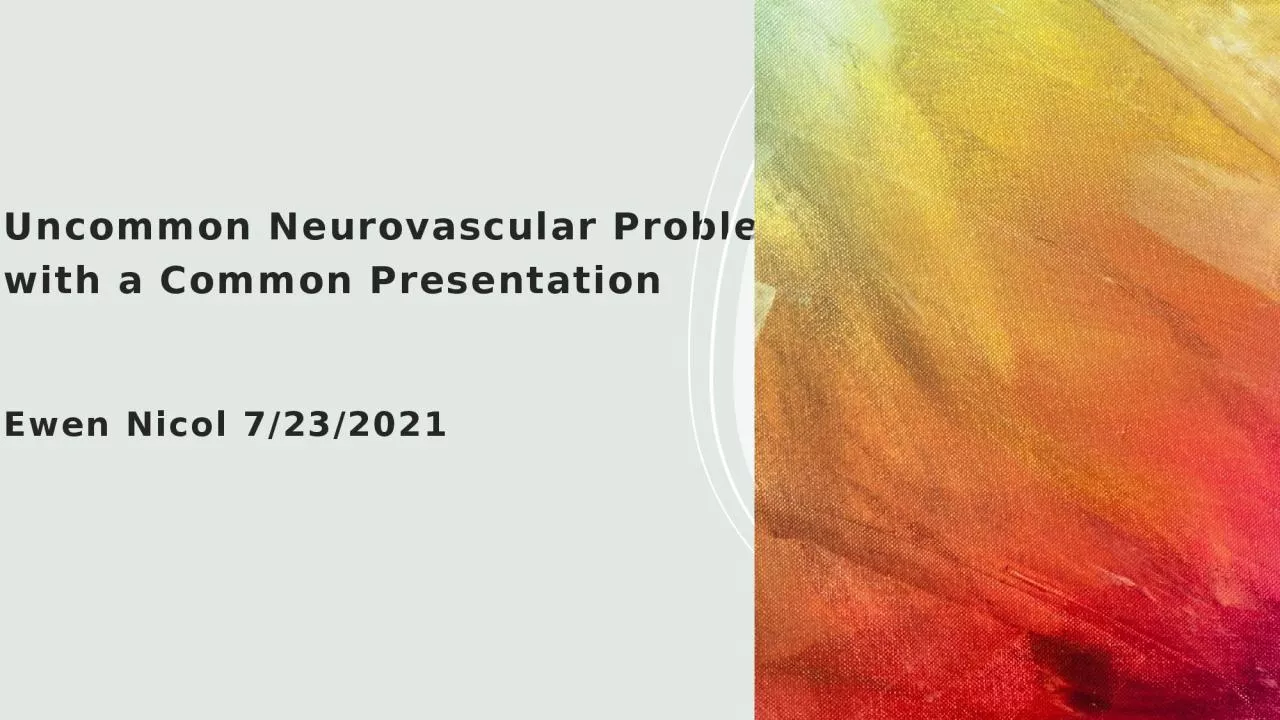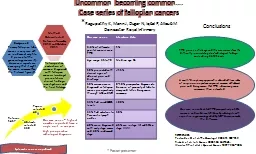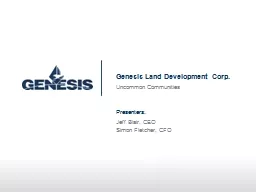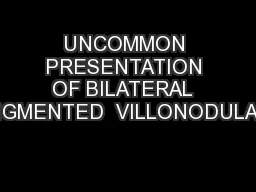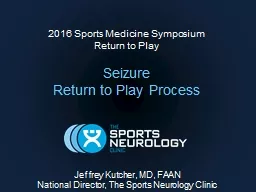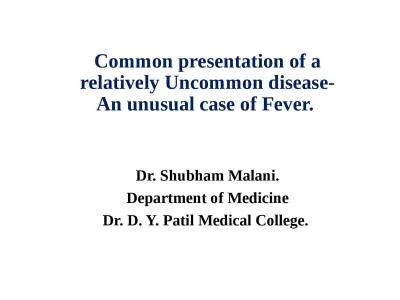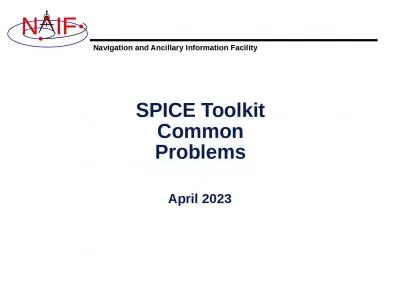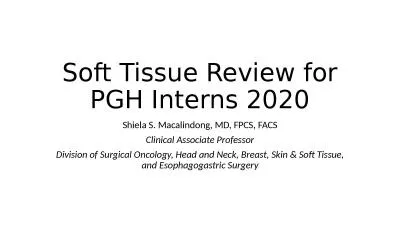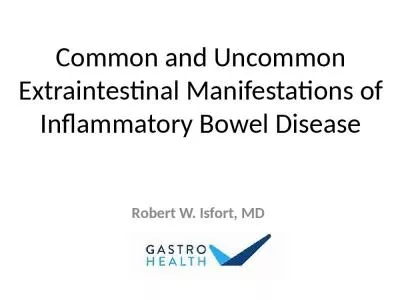PPT-Uncommon Neurovascular Problems with a Common Presentation
Author : hazel | Published Date : 2023-12-30
Ewen Nicol 7232021 Objectives Recall uncommon neurovascular conditions that present with epistaxis nasal congestion pulsatile tinnitus visual field abnormalities
Presentation Embed Code
Download Presentation
Download Presentation The PPT/PDF document "Uncommon Neurovascular Problems with a C..." is the property of its rightful owner. Permission is granted to download and print the materials on this website for personal, non-commercial use only, and to display it on your personal computer provided you do not modify the materials and that you retain all copyright notices contained in the materials. By downloading content from our website, you accept the terms of this agreement.
Uncommon Neurovascular Problems with a Common Presentation: Transcript
Download Rules Of Document
"Uncommon Neurovascular Problems with a Common Presentation"The content belongs to its owner. You may download and print it for personal use, without modification, and keep all copyright notices. By downloading, you agree to these terms.
Related Documents

